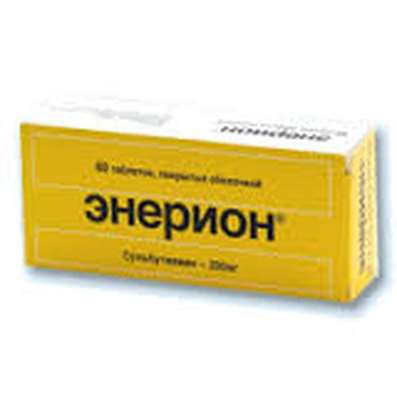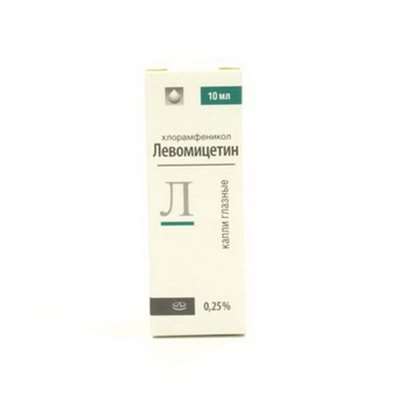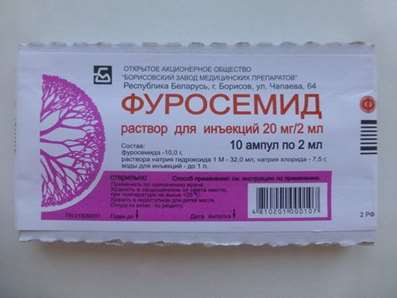Instruction for use: Polpressin
I want this, give me price
Trade name of the drug – Polpressin
Active substance: Prazosinum
Dosage Form: Tablets
Composition (per tablet):
1 tablet contains prazosin (hydrochloride) 1, 2 and 5 mg; in polypropylene vials of 30 pcs., in a cardboard bundle one bottle.
Pharmacotherapeutic group:
Alpha-blockers
Drugs affecting the metabolism of the prostate gland and correctors urodynamics
ATX C02CA01 Prazosin
The nosological classification (ICD-10)
I10 Essential (primary) hypertension: hypertension; Arterial hypertension; Arterial hypertension crisis course; Essential Hypertension; Essential hypertension; Essential hypertension; Essential hypertension; Essential hypertension; Primary hypertension; Arterial hypertension, complications of diabetes; The sudden increase in blood pressure; Hypertensive disorders of blood circulation; hypertensive condition; hypertensive crises; arterial Hypertension; malignant Hypertension; Hypertonic disease; hypertensive crises; accelerated hypertension; malignant hypertension; The aggravation of hypertensive disease; Transient hypertension; Isolated systolic hypertension
I15 Secondary hypertension: Arterial hypertension, complications of diabetes; hypertension; The sudden increase in blood pressure; Hypertensive disorders of blood circulation; hypertensive condition; hypertensive crises; hypertension; arterial Hypertension; malignant Hypertension; hypertensive crises; accelerated hypertension; malignant hypertension; The aggravation of hypertensive disease; Transient hypertension; hypertension; Arterial hypertension; Arterial hypertension crisis course; renovascular hypertension; Hypertension symptomatic; Renal hypertension; Renovascular hypertension; renovascular hypertension; Symptomatic hypertension
I50.1 Left ventricular failure: Asthma heart; Asymptomatic left ventricular dysfunction; Asymptomatic left ventricular heart failure; Diastolic left ventricular dysfunction; Left ventricular dysfunction; Changes in left ventricular myocardial infarction; Left ventricular heart failure; Left ventricular dysfunction; Acute left ventricular failure; Acute cardiac left ventricular failure; cardiac asthma; Left ventricular heart failure; Changes in left ventricular failure with pulmonary; Precordial abnormal pulsation; Insufficiency of the left ventricle
I73.0 Raynaud's Syndrome: Raynaud's syndrome Leriche; Raynaud's disease; Raynaud's phenomenon; RaynaudLeriche syndrome; Raynaud's disease; Raynaud's syndrome with trophic disorders; Peripheral angiopathy
I74.0 Embolism and thrombosis of abdominal aorta: Leriche syndrome; abdominal aortic occlusion; Embolism and thrombosis of the celiac trunk; Occlusive lesions of the abdominal aorta
N40 Hyperplasia of prostate gland: Prostate adenoma; BPH; Prostatauxe; prostate Hypertrophy; Dysuric disorders caused by benign prostatic hyperplasia; Dizuricheskie disorder with benign prostatic hyperplasia; Dysuria with prostate cancer; Benign prostatic giperpalaziya; Benign prostatic hyperplasia; Benign prostatic hyperplasia stages 1 and 2; Benign prostatic hyperplasia I degree; Benign prostatic hyperplasia II degree; Benign prostatic hypertrophy; The disease of the prostate gland; Acute urinary retention related to benign prostatic hyperplasia; Benign prostatic hyperplasia stages 1 and 2 in combination with prostatitis; paradoxical ischuria
R39.1 Other difficulties with micturition: Frequent urination; urinary retention; strangury; Obstructed flow of urine; Violation of urination; Violation of urination; Violation of bladder emptying; Violation of the outflow of urine; Frequent urination; Abnormalities of urination
Pharmacological Properties of Polpressin
Pharmachologic effect - Mode of action - vasodilator, antihypertensive.
Selectively blocks postsynaptic alpha1-adrenergic receptors, inhibits sympathetic vasoconstrictor catecholamines influence and action.
Pharmacokinetics
Adequately absorbed in the gastrointestinal tract, Cmax achieved within 1-2 h, T1 / 2 - 2-3. H excreted in the bile and feces.
Indications for Polpressin
Arterial hypertension, left ventricular insufficiency, Raynaud's syndrome - Leriche, Raynaud's disease, violation of urine outflow in prostate gland.
Contraindications for Polpressin
Hypersensitivity, stenosis of the aortic or mitral valve, pulmonary embolism, constrictive pericarditis, left ventricular failure with acute myocardial infarction, pregnancy, breast-feeding (at the end of treatment), age 12 years.
Polpressin Dosage and Administration
Inside, hypertension - 0.5 mg in the evening, then the daily dose at intervals of 3-7 days to 1-1.5 increase mg, 2.3 mg to 20 mg of further 2-3 hours. When left ventricular failure - 0.5 mg 2-3 times a day, with a gradual (every 1-3 days) increase to maintenance - 4-20 mg / day. When Raynaud's disease and syndrome Leriche - 0.5 mg 2 times a day, maintenance dose - 1-2 mg 2-3 times a day. In prostatic hypertrophy, morning and evening: 0.5 mg (the first week), 1 mg (Week 2), 2 mg - average maintenance dose (3-6 week).
Side effect of Polpressin
Dizziness, headache, drowsiness, weakness, blurred vision, tinnitus, tachycardia, shortness of breath, nausea; vomiting, diarrhea, constipation, dry mouth, sweating.
Overdose of Polpressin
Symptoms: hypotension.
Treatment: symptomatic: translation in the supine position, the introduction of blood-substituting and vasopressor agents.
SPECIAL INSTRUCTIONS for Polpressin
For preventive treatment of orthostatic hypotension, including combined, should start with a low dose, gently raising them in the first two weeks. It is necessary to avoid traumatic situations that may cause dizziness, fainting, orthostatic hypotension.
Storage conditions of Polpressin
In a dry, dark place at a temperature no higher than 25 ° C.
Keep out of the reach of children.
Shelf life
3 years
Do not use beyond the expiration date printed on the package.

 Cart
Cart





